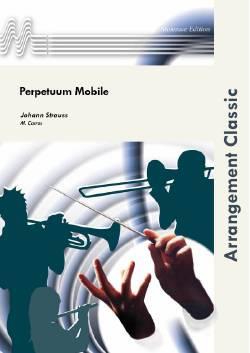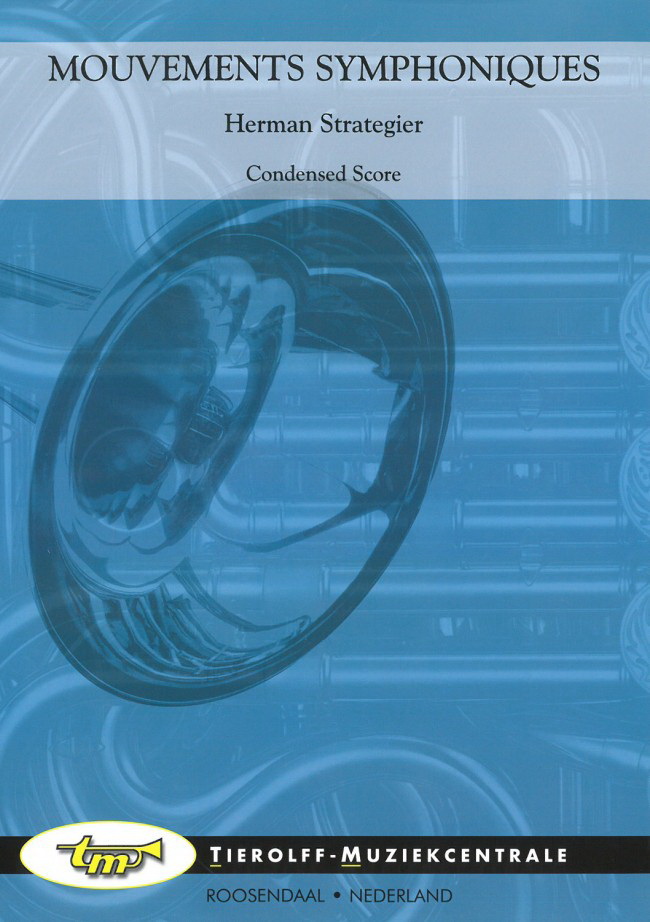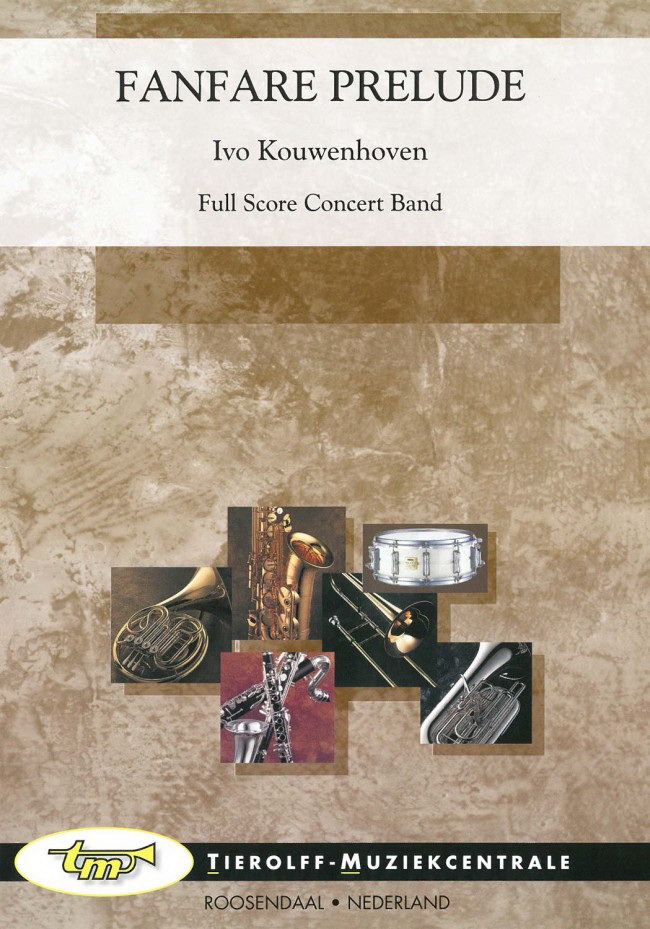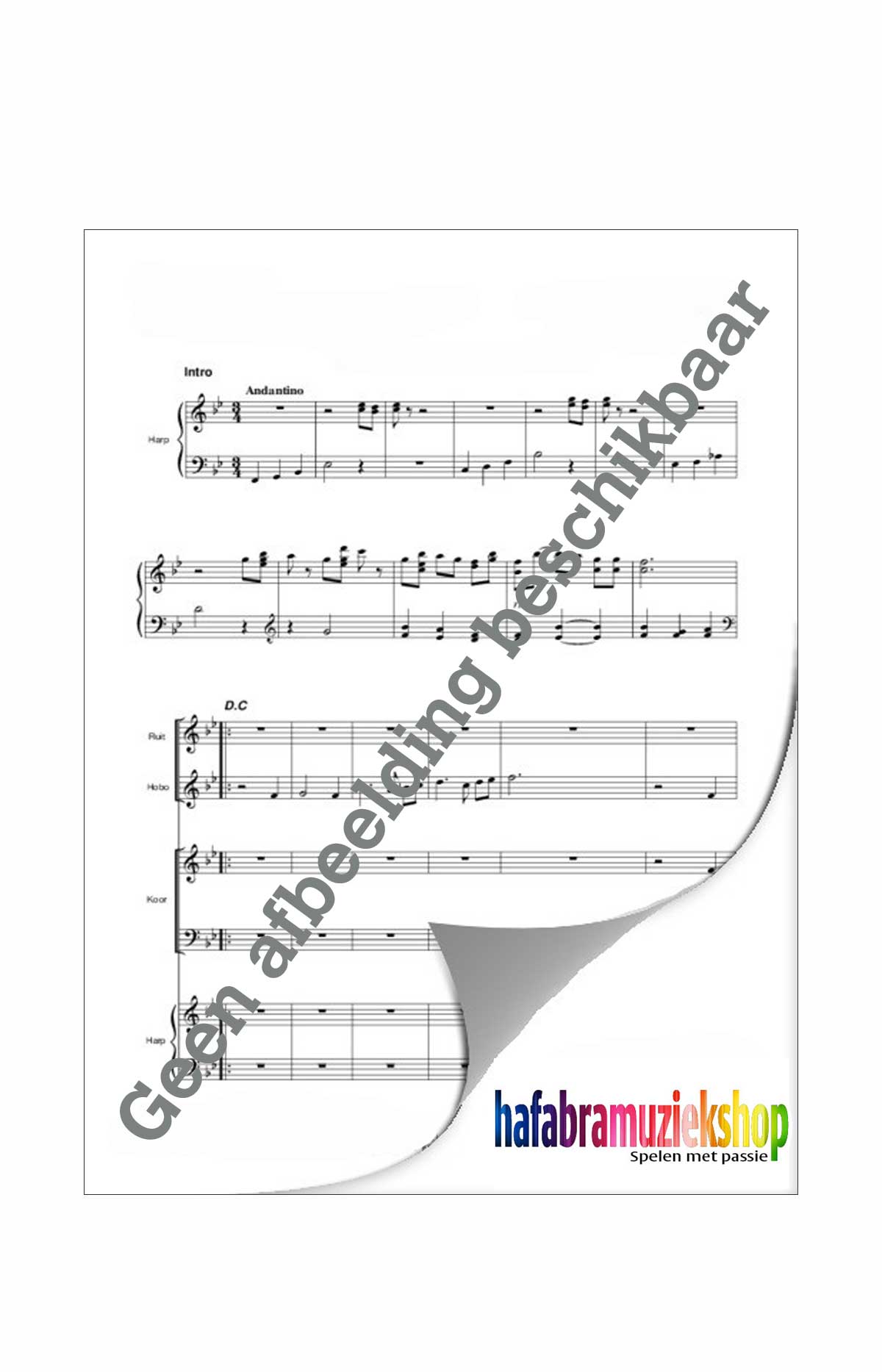Beschrijving
Johann Strauß Zoon componeerde dit ‘Perpetuum Mobile’ opus 257 in 1861 en was hierbij geïnspireerd door een reusachtig Weens bal.
Dit bal werd als een ‘Karneval-Perpetuum-Mobile’ (of Dans zonder Einde) aangekondigd. De Gebroeders Strauß dirigeerden er om beurten zodat er zonder pauze steeds verder gemusiceerd en gedanst kon worden. Deze compositie bevat 24 variaties op een thema van 8 maten, waarbij praktisch alle instrumenten van het orkest min of meer solistisch aan bod komen. Het knaleffect of de ‘pointe’ komt, zoals vaker bij Johann Strauß Junior, op het einde van het stuk. Tijdens het zomerconcertseizoen in het Russische stadje Pawlowsk in 1862 werd deze geniale muzikale spotprent, ondertiteld ‘Ein musikalischer Spaß’, meteen de grote schlager.
Bezetting
0 Full Score A3 – 1 Full Score – 2 Soprano Saxophone – 4 Alto Saxophone I + II – 2 Tenor Saxophone – 1 Baritone Saxophone – 1 Flugelhorn Eb – 6 Bugel Solo + I – 3 Flugelhorn II – 3 Flugelhorn III – 3 Trumpet I – 3 Trumpet II – 3 Trumpet III – 2 Horn I Eb – 2 Horn I F – 1 Horn II Eb – 1 Horn II F – 1 Horn III Eb – 1 Horn III F – 2 Trombone I C – 1 Trombone I Bb (TC) – 1 Trombone I Bb (BC) – 2 Trombone II C – 1 Trombone II Bb (TC) – 1 Trombone II Bb (BC) – 2 Trombone III C – 1 Trombone III Bb (TC) – 1 Trombone III Bb (BC) – 2 Baritone C – 2 Baritone Bb (BC) – 4 Baritone Bb (TC) – 2 Bas Bb (TC) – 2 Bas Bb (BC) – 2 Bas Eb (TC) – 2 Bas Eb (BC) – 4 Tuba C – 1 Percussion I – 2 Percussion II – 1 Timpani





